There’s nothing quite as enchanting as a garden bursting with vibrant blooms, but all too often, their beauty fades too quickly. Fortunately, with a few simple strategies, you can extend the bloom time of your flowers, ensuring a longer-lasting display of color and fragrance in your garden. From proper care and maintenance to strategic planting and deadheading techniques, there are several ways to maximize flower bloom time and enjoy continuous floral beauty throughout the season. In this guide, we’ll explore effective strategies for prolonging flower bloom time and help you create a garden that dazzles with color and charm for weeks on end.
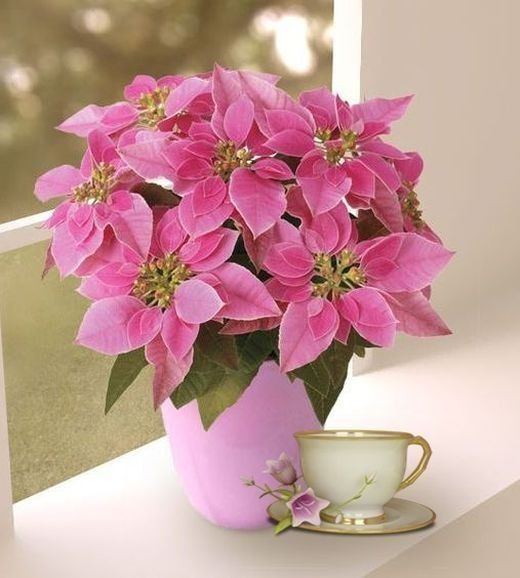

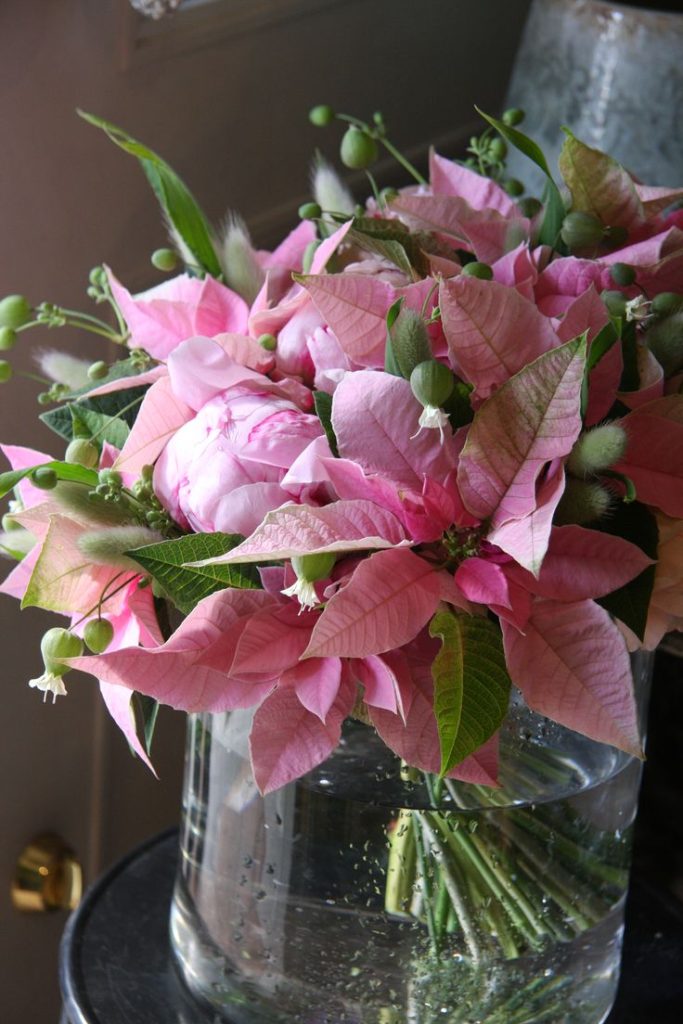
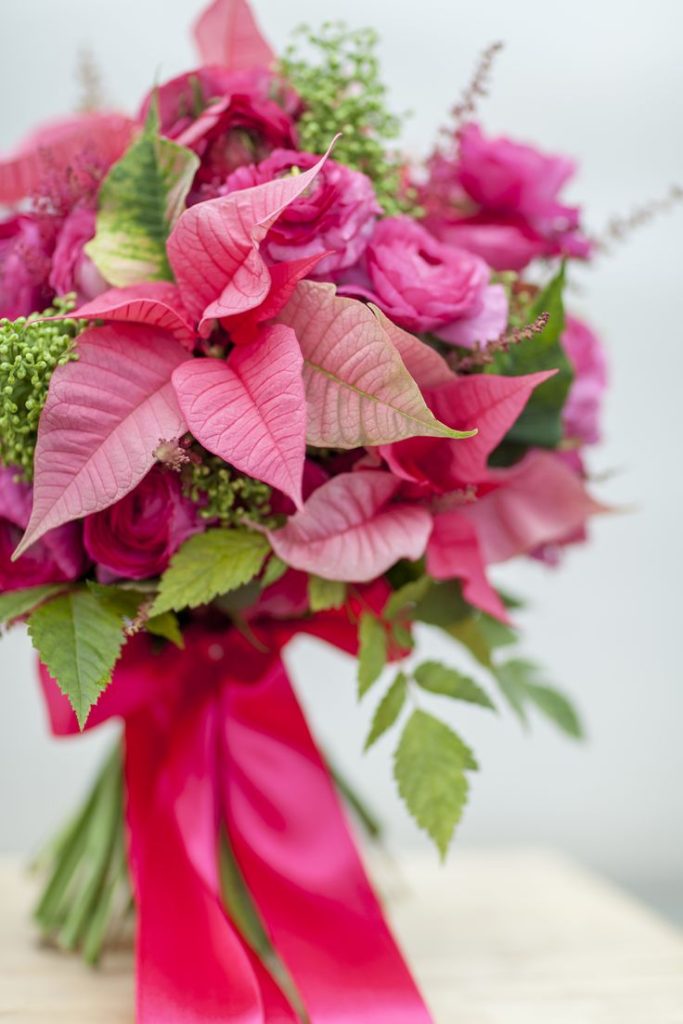
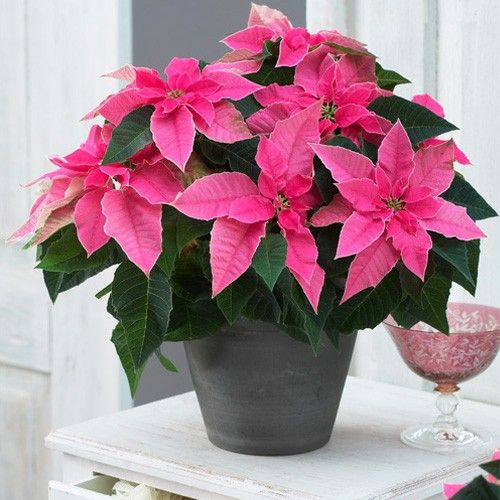
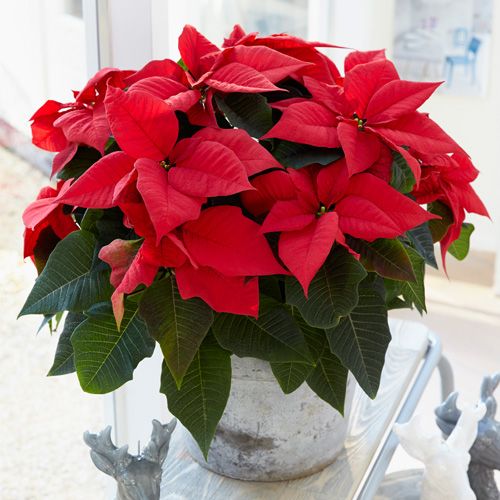
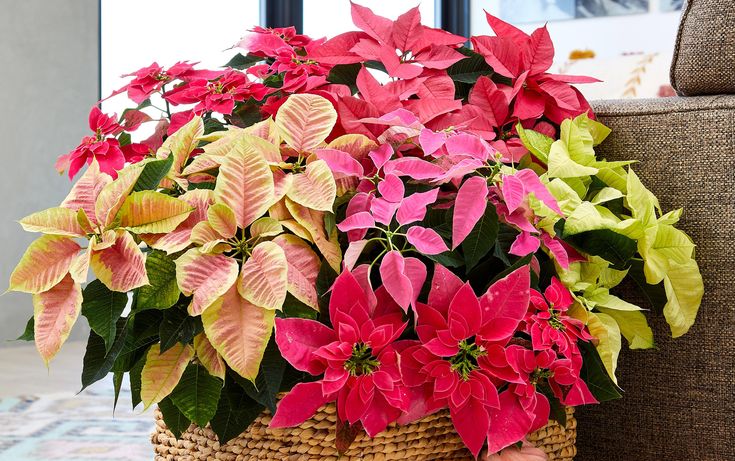
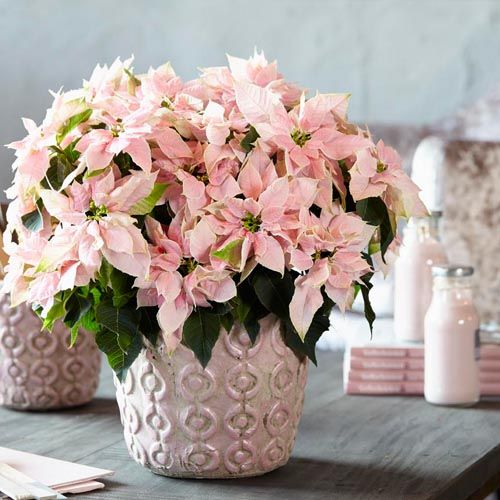
Understanding Flower Bloom Cycle
Before delving into strategies for maximizing bloom time, it’s essential to understand the natural bloom cycle of flowers:
- Bud Formation: Flowers begin their journey to bloom from tightly closed buds, gradually unfurling their petals as they mature.
- Peak Bloom: Peak bloom is the stage at which flowers are fully open and display their full color and fragrance. This is the most visually stunning phase of the bloom cycle.
- Fading Bloom: As flowers age, their petals may start to wilt, fade, or drop, signaling the end of the bloom cycle.
- Deadheading: Deadheading is the process of removing spent flowers from plants to encourage new growth and prolong bloom time.
Strategies for Maximizing Flower Bloom Time
Explore these strategies to maximize flower bloom time and keep your garden vibrant and colorful for longer:
- Choose Long-blooming Varieties: Select flower varieties that are known for their extended bloom time, such as daylilies, coreopsis, and calendula. Look for cultivars labeled as “continuous blooming” or “long-lasting” to ensure a steady supply of flowers throughout the season.
- Succession Planting: Plant flowers with staggered bloom times to create a continuous display of color in your garden. By planting early, mid, and late-season bloomers, you can ensure that there’s always something in bloom from spring to fall.
- Deadheading: Regular deadheading removes spent flowers from plants, preventing them from setting seed and redirecting energy into producing new blooms. Use clean, sharp pruners to snip off faded flowers at their base, taking care not to damage new growth or emerging buds.
- Fertilize Wisely: Provide your flowers with balanced nutrition by fertilizing them regularly with a slow-release fertilizer. Choose a fertilizer with a higher phosphorus content to promote flower bud formation and prolong bloom time.
- Mulch and Water: Apply a layer of organic mulch around your flowers to conserve soil moisture, regulate temperature, and suppress weeds. Water your flowers consistently to keep the soil evenly moist but not waterlogged, as fluctuating moisture levels can stress plants and reduce bloom time.
- Prune and Shape: Prune your flowering plants regularly to remove dead or damaged growth, improve air circulation, and promote new growth and blooming. Shape plants by pinching back stems or selectively pruning to encourage branching and more flowers.
- Provide Adequate Sunlight: Ensure that your flowers receive the appropriate amount of sunlight for their specific requirements. Most flowering plants prefer full sun to partial shade, so position them in a location that receives at least 6-8 hours of direct sunlight per day for optimal blooming.
- Protect from Pests and Diseases: Monitor your garden regularly for signs of pests and diseases, and take prompt action to address any issues that arise. Protecting your flowers from common pests and diseases will help maintain their health and vitality, ensuring a longer bloom time.
Conclusion
By implementing these strategies for maximizing flower bloom time, you can create a garden that dazzles with color and fragrance for weeks on end. From choosing the right varieties and practicing proper care and maintenance to deadheading spent flowers and providing adequate sunlight and nutrition, there are many ways to extend the bloom time of your flowers and enjoy continuous floral beauty in your garden. Whether you’re a seasoned gardener or a novice enthusiast, incorporating these techniques into your gardening routine will help you create a vibrant and long-lasting display of blooms that brings joy and beauty to your outdoor space throughout the growing season.